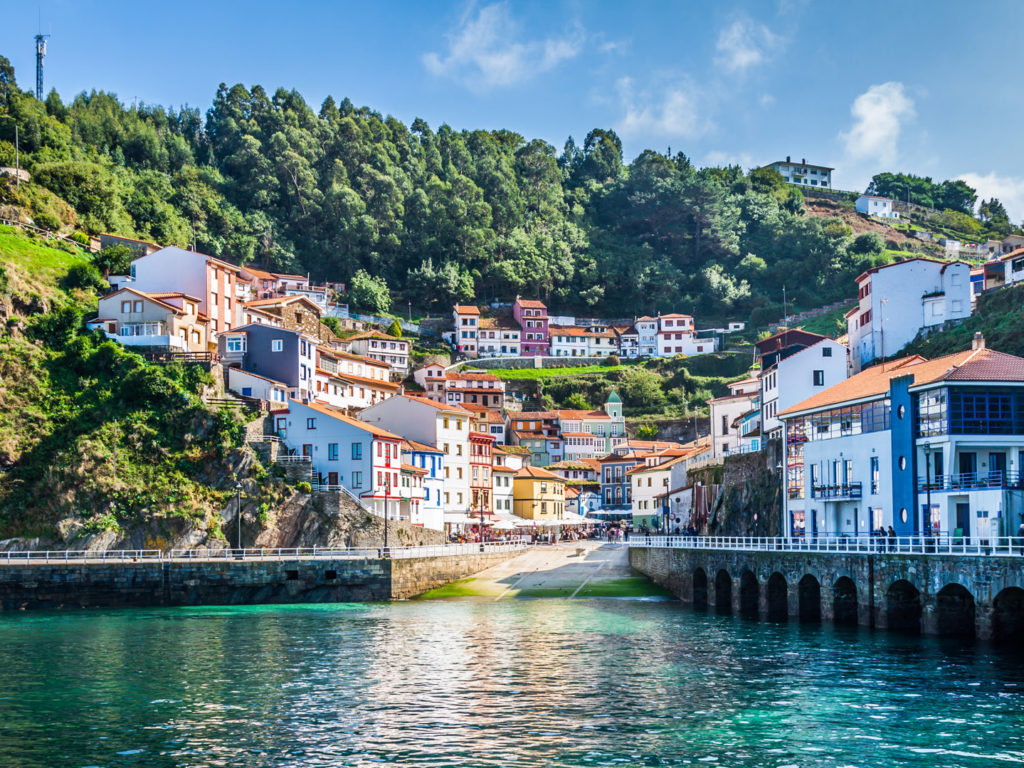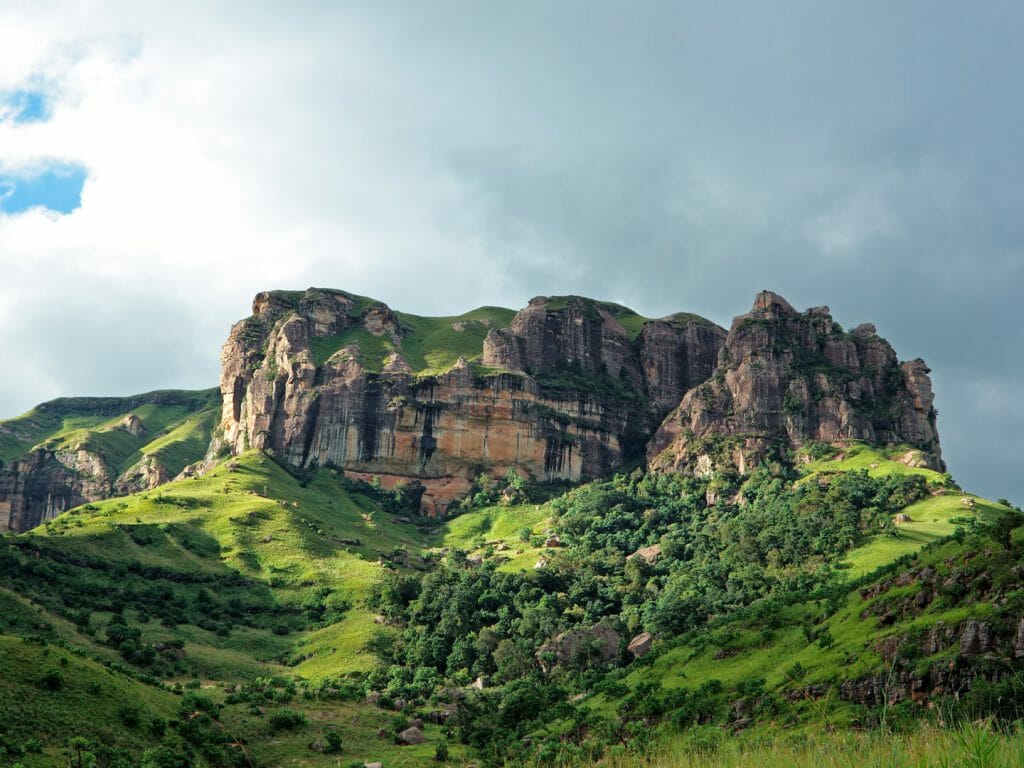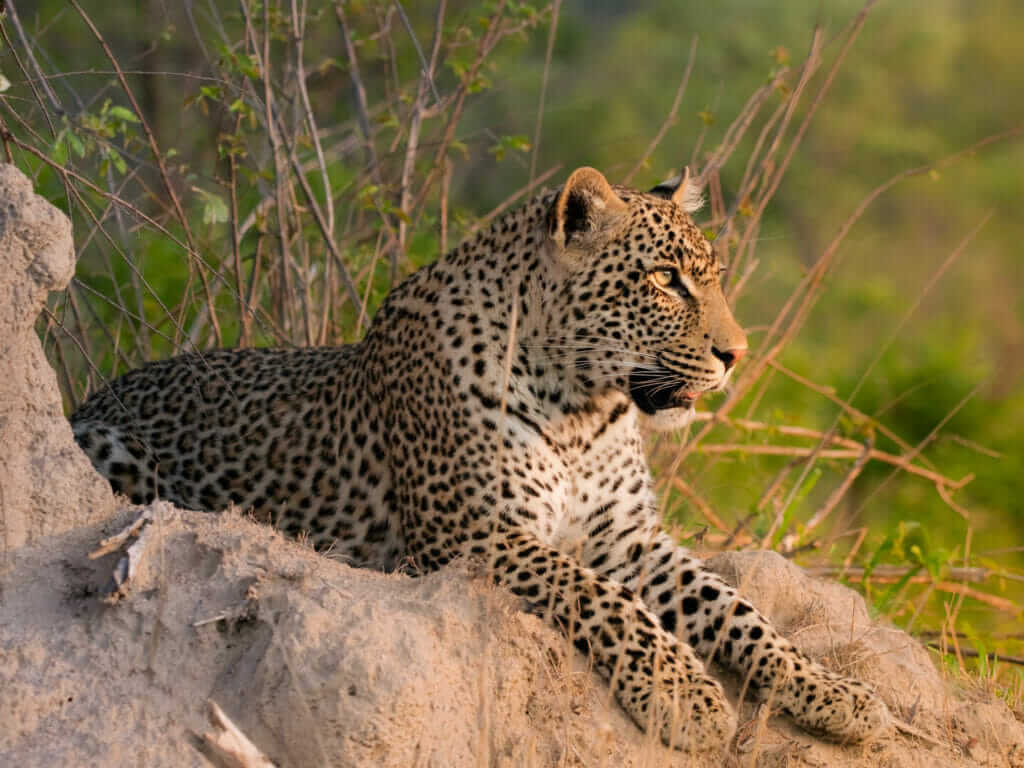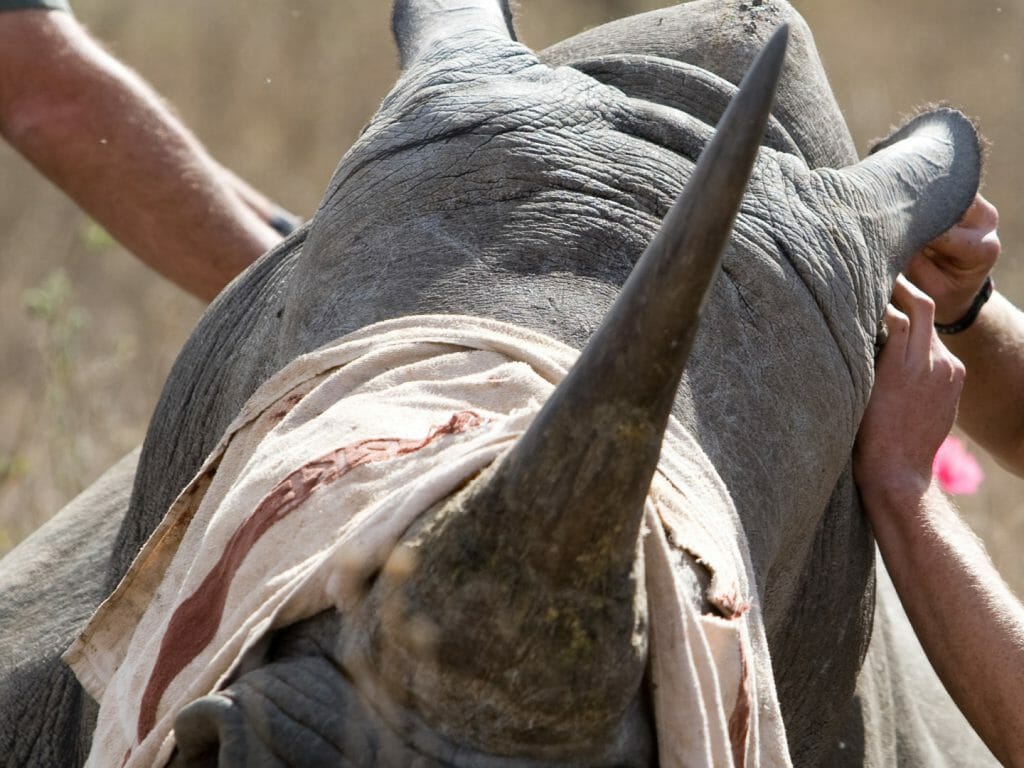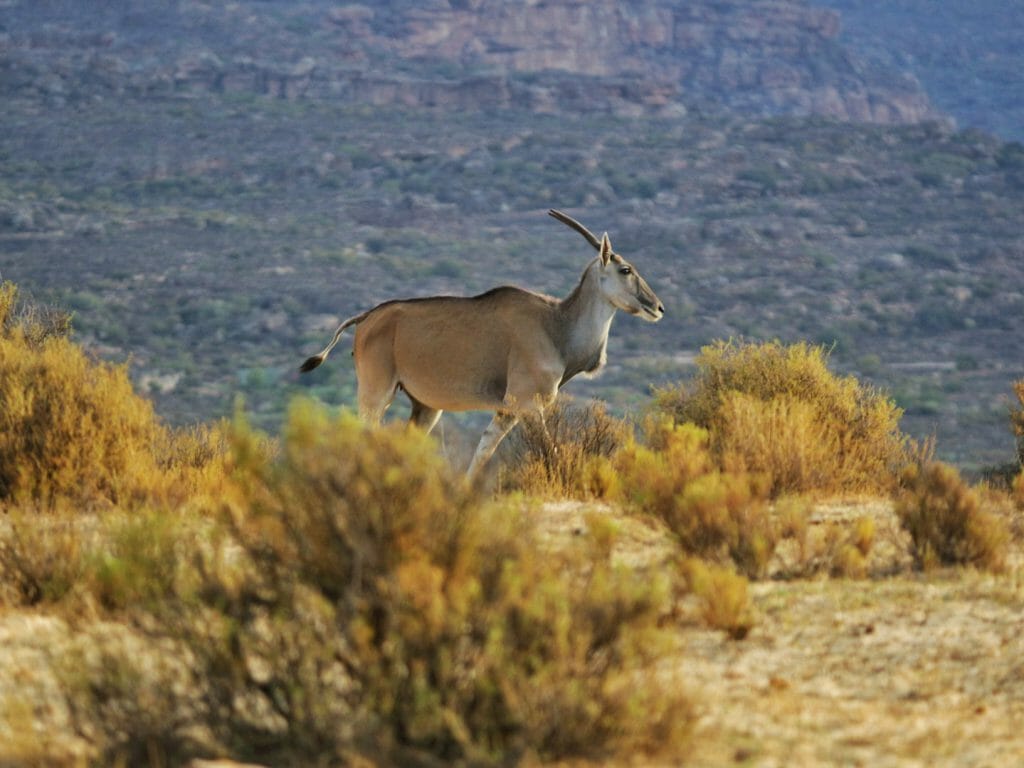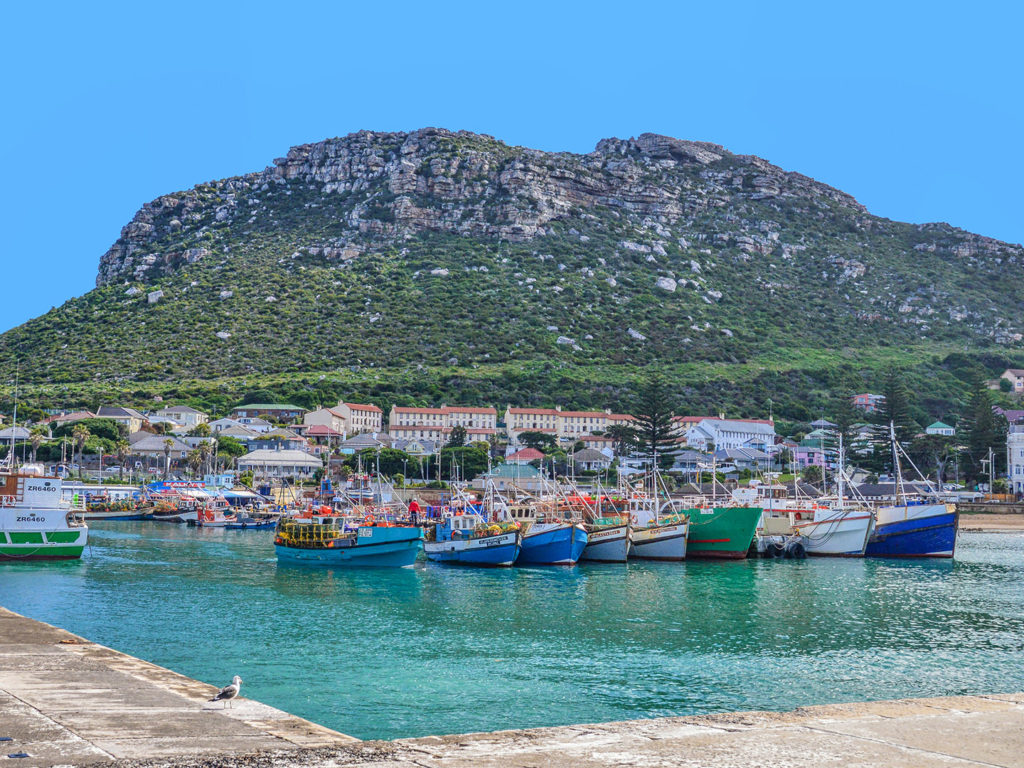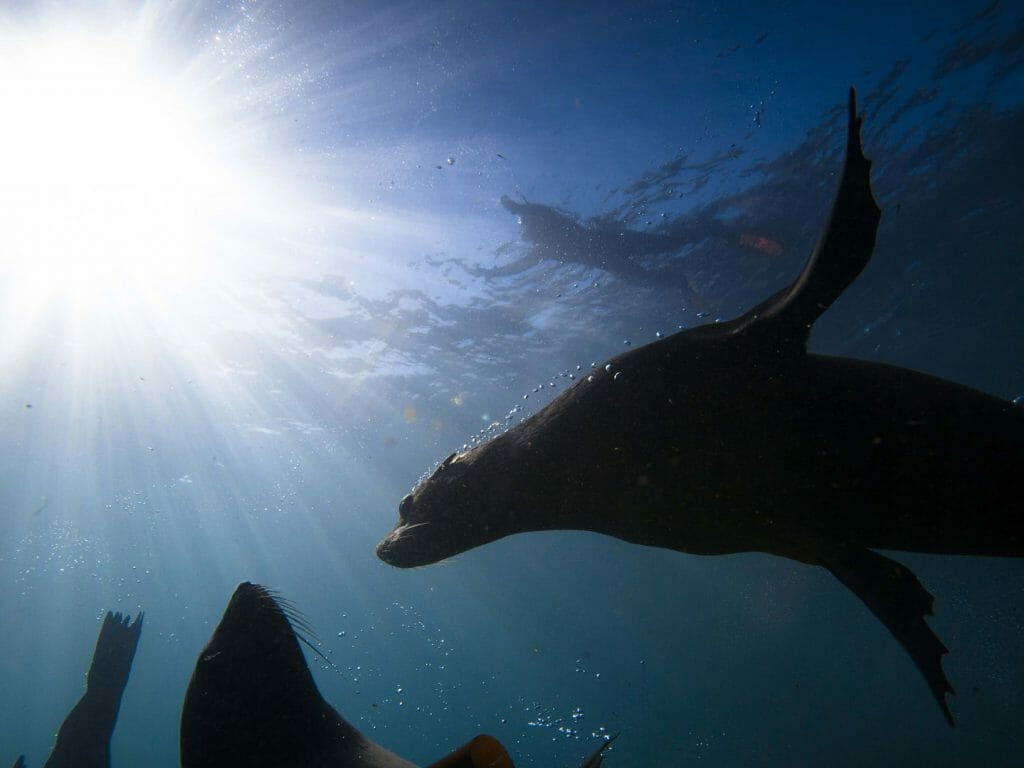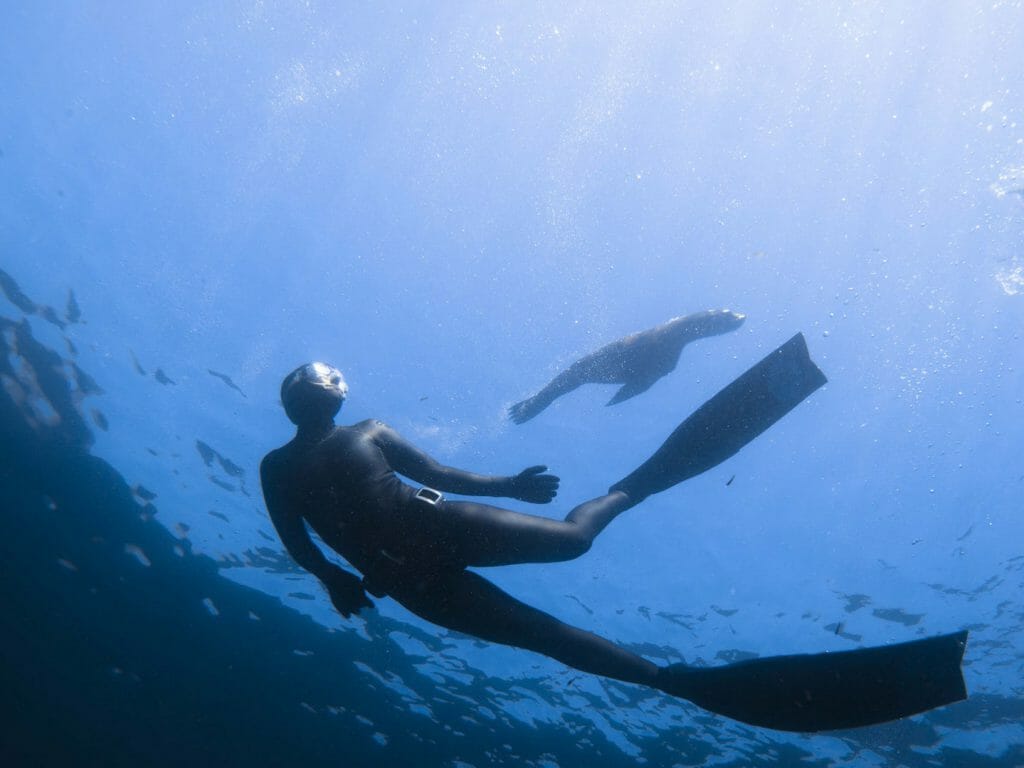“A cheetah, smoking a cigar, wearing leather slippers” retorts my son. Our guide Vicky, a blonde-haired, blue-eyed city-girl turned bush-ranger, has just asked my twelve-year-old son George what animals he was hoping to see.
Vicky laughs and gives George a look that tells me she has immediately got the measure of him. Children on safari are the ultimate cerebral work out for guides. An inquisitive mind coupled with a vivid imagination can produce questions that few guides could ever anticipate. On our safari that afternoon, we drive through a forest teeming with small yellow and white butterflies that flutter through the air like falling confetti.
“Where do butterflies go at night?” asks George.
“I’ll come back to you on that one” Vicky replies with a wry smile.
Manyoni Reserve is 23,000 hectares of riverine forest, rolling hills and open plains, home to elephants, rhinos, buffalos, lions, cheetahs, leopards and antelopes. While the reserve is fenced it is big enough to feel wild and untamed and it is not overrun with safari vehicles as the reserve is only accessible to a total of seven small camps and lodges. That afternoon we head out to open savannah and before too long, Vicky has located two young male cheetahs, walking purposefully across the open plains through the long grass. The iconic nature of the sight before us is not lost on George, whom excitedly takes photographs with his new camera.
“No leather slippers and no cigars…I must try harder, eh George”?
George gives Vicky a bashful smile.
Our journey back to camp is a night safari and Vicky is adept at using a flash light to spot nightjars, owls and even a small chameleon hanging from a tree. We stop by a large croton thicket and Vicky shines the torch onto it.
“Here you are George – the answer to your earlier question.”
It takes a moment and George is the first to realise – every inch of the bush is occupied by sleeping butterflies. George has met his match.
The next morning, we are up before the butterflies, united in our desire to find big cats. The sun has not yet risen and within five minutes of leaving camp, we drive through long, thick grass which lets off a nutty, sweet smell not dissimilar to popcorn. We learn this is the distinctive aroma of leopard urine and given the smell’s pungency, Vicky is sure the cat has only recently scent-marked this area. Our unaccustomed eyes do their best to pierce the dawn gloom, but the shadows reveal no feline shapes and the leopard remains only an aroma, albeit a strangely pleasant one. As the sun rises, Vicky tells us to keep our eyes glued to the trees that dot the open plain in front of us.
“Leopards take to the trees once the sun has come up” she says.
With noses twitching and eyes straining we are rewarded with the sight of a big cat in a tree. Vicky sees it first but allows George the bragging rights of calling it in. She is doing her best to stifle a laugh, as the cat before us is not a muscular leopard, insouciantly draped over a tree branch like you see in the pages of National Geographic magazine but a sub-adult male lion that has climbed a tree that can barely accommodate his sizeable belly. The lion has clearly made a kill in the night and has eaten way more than he should. His distended belly is stuck between the ‘V’ of two branches and it is hard to imagine how he could look any more uncomfortable or undignified. More obese cat than big cat, his weight eventually breaks the branch on which he is resting, and he falls to the ground in a humiliating heap. As George’s first ever sighting of the king of the jungle, it is hardly auspicious but as the stifled giggles break into full-blown belly laughs it is an apt reminder of the guiding principle of travelling with children – learn to see things through their eyes rather than forcing them to see things through yours.
Photos taken by George Kyte, aged 12, who is an aspiring wildlife photographer after seeing Jonathan Scott and Chris Packham at the Steppes Travel Beyond Festival.


